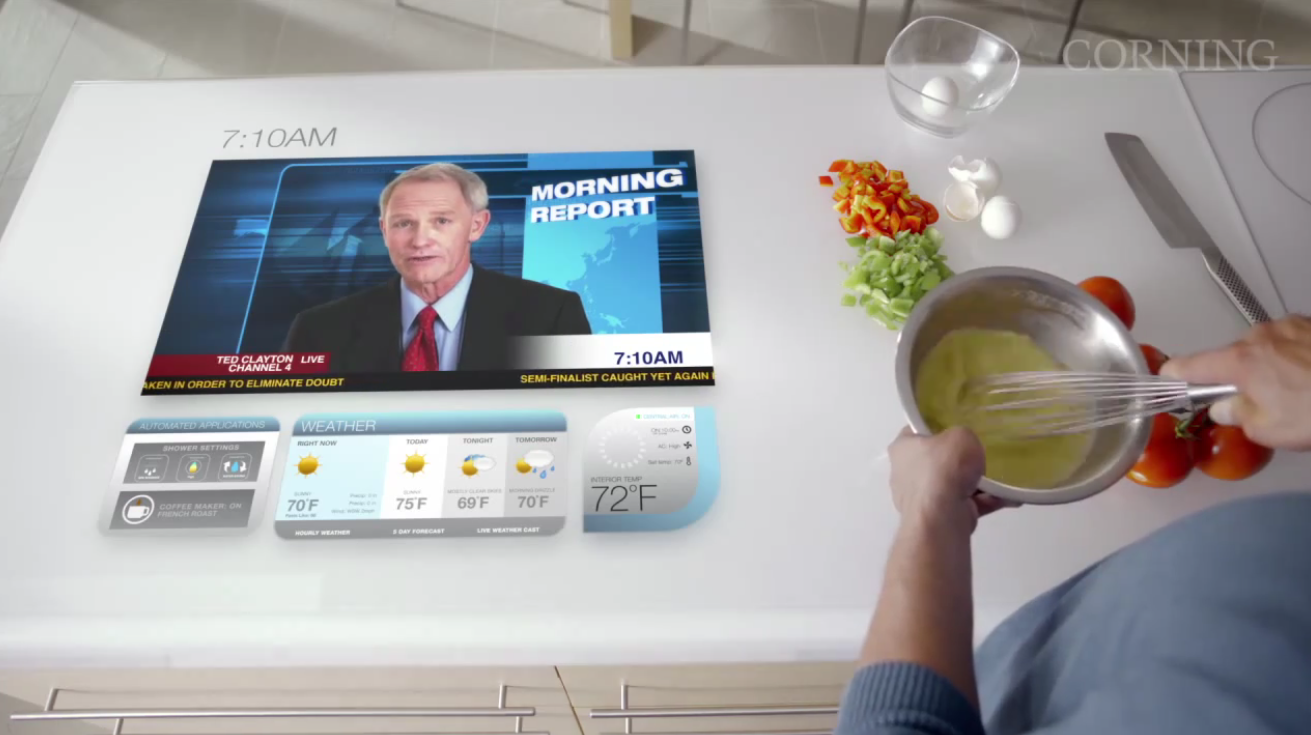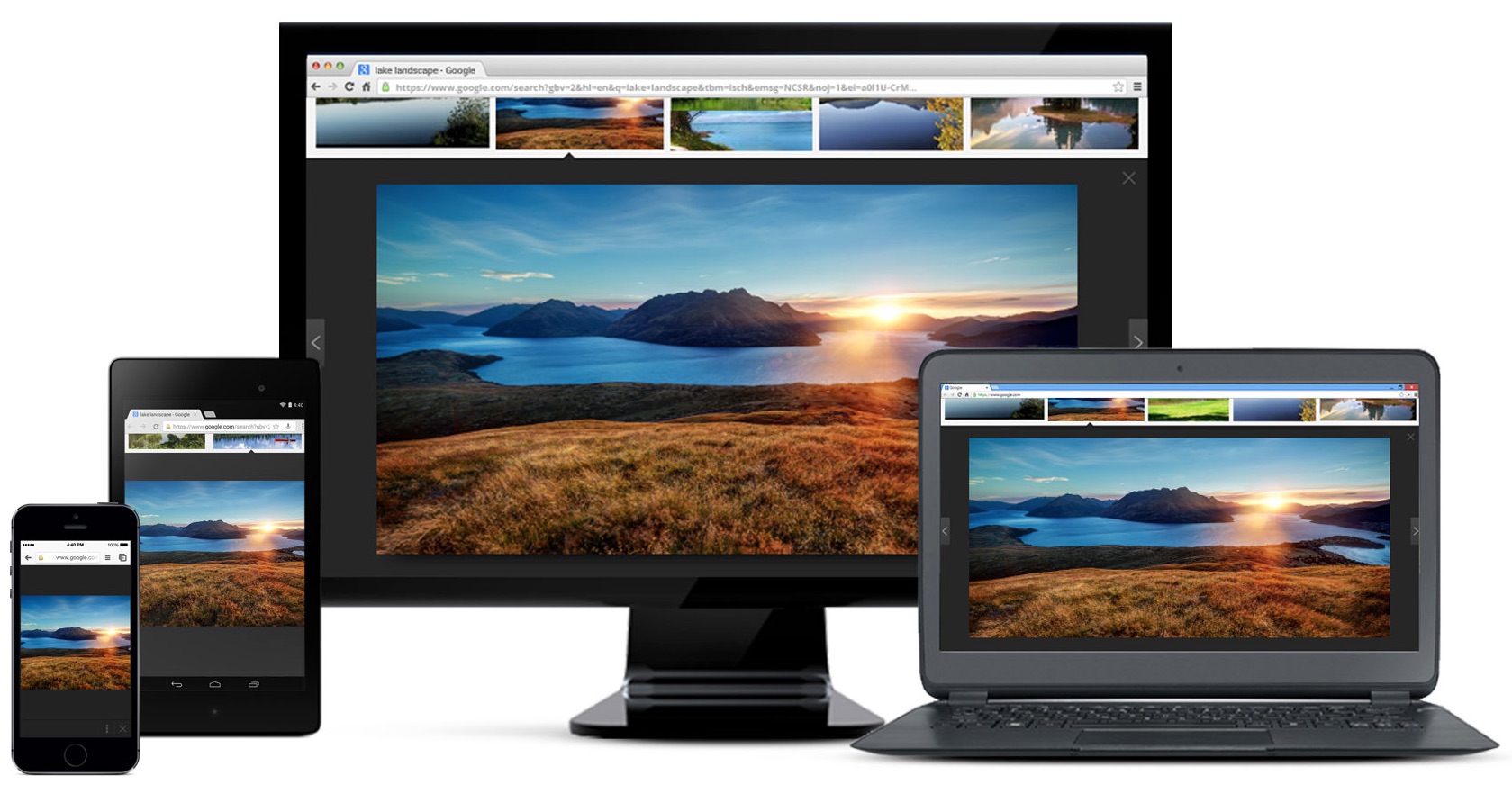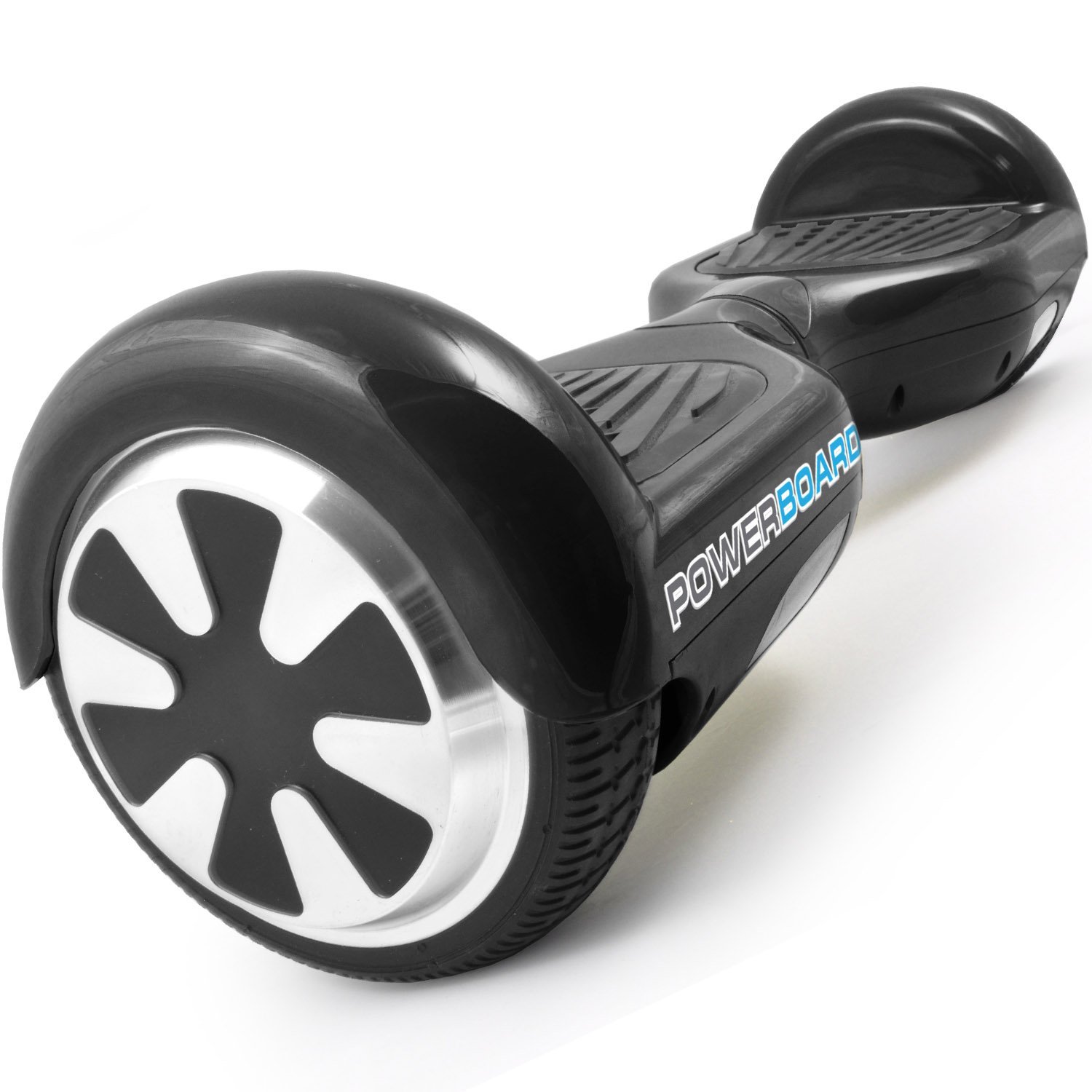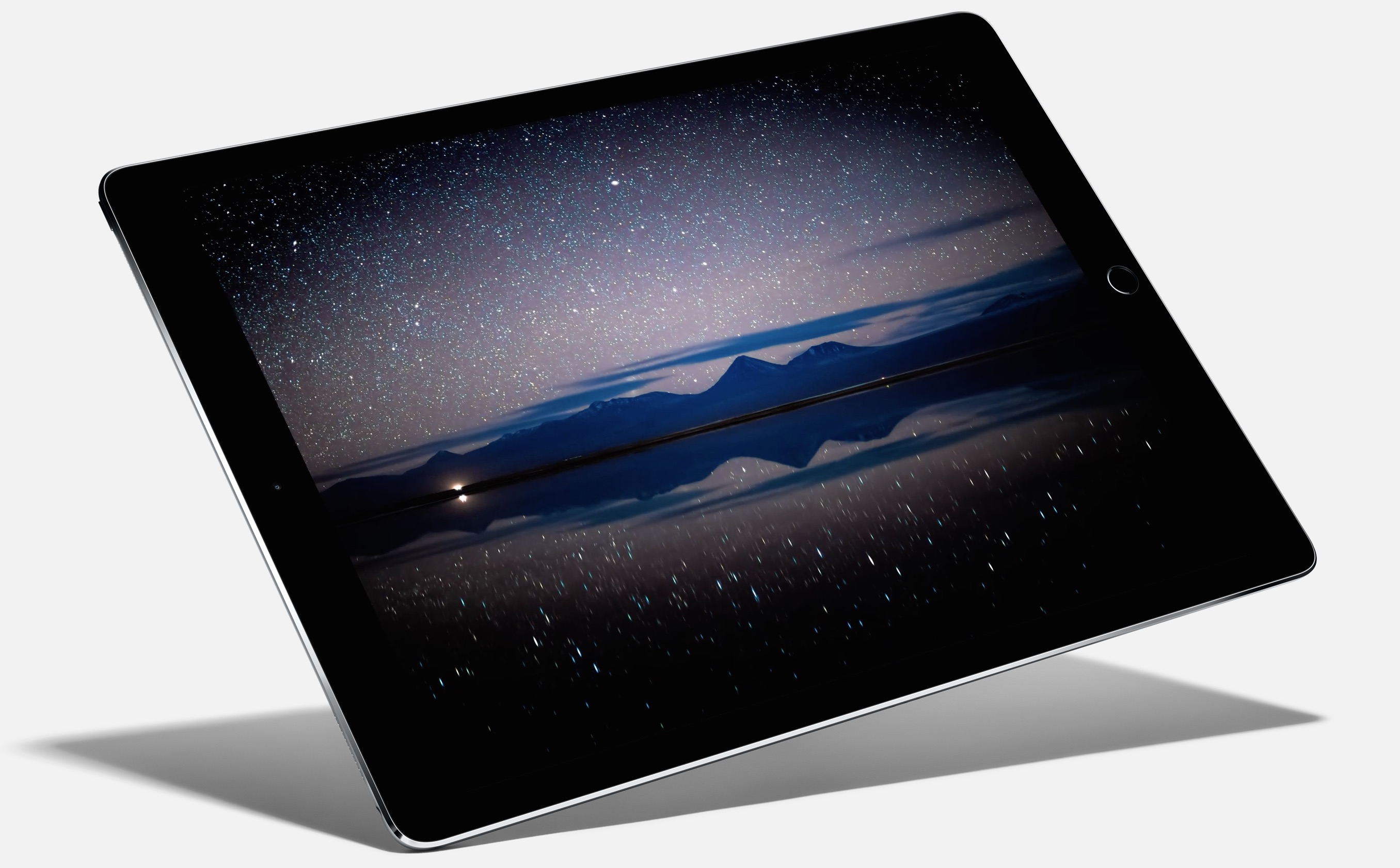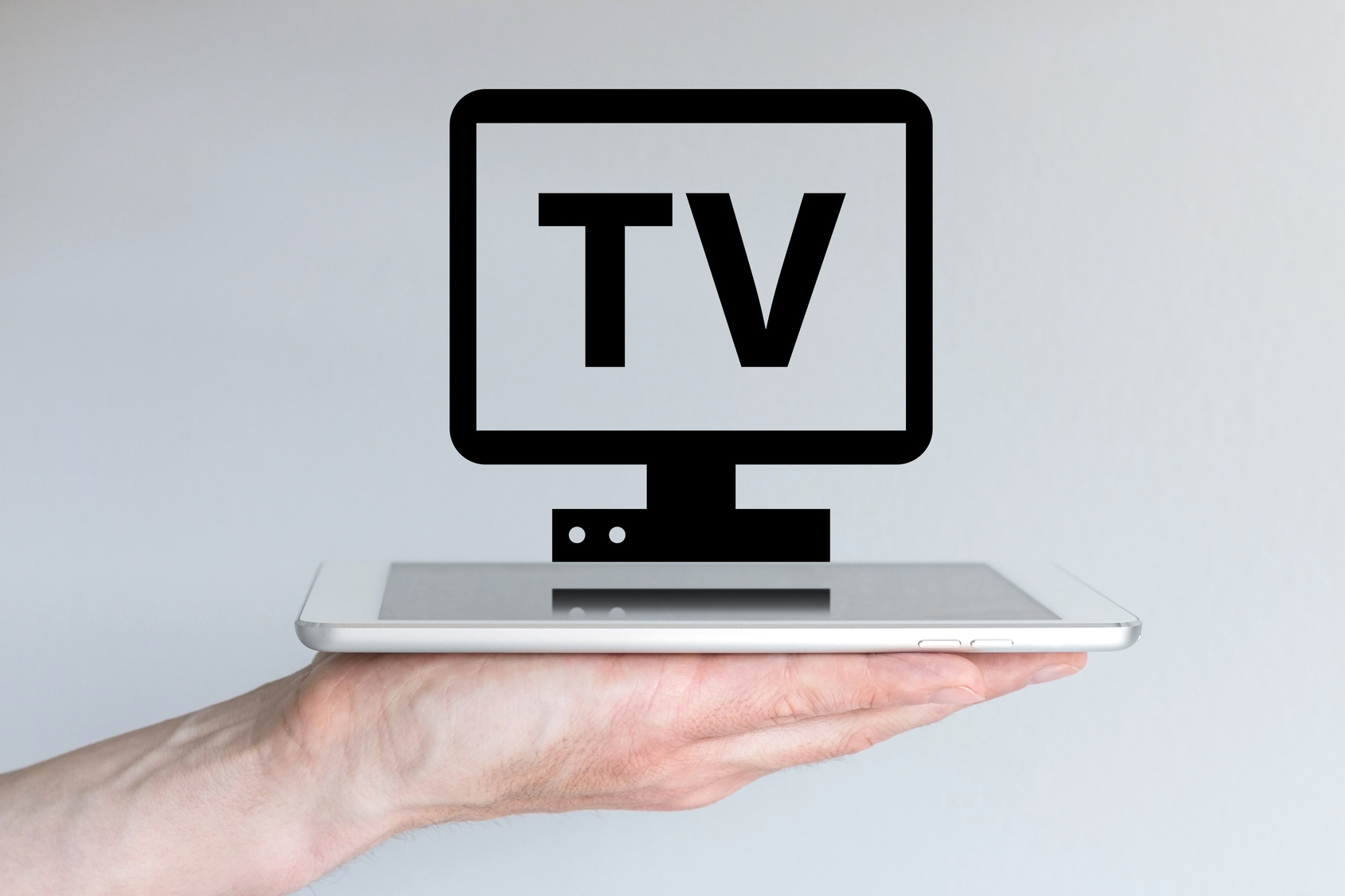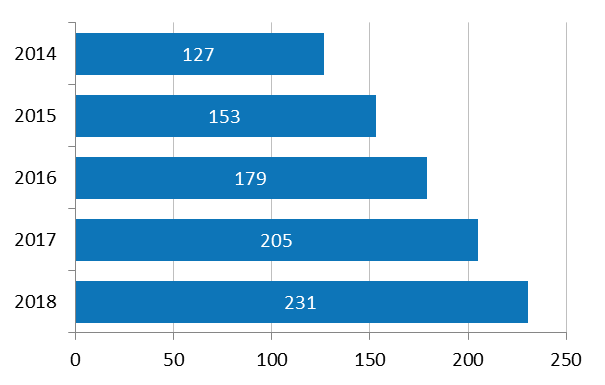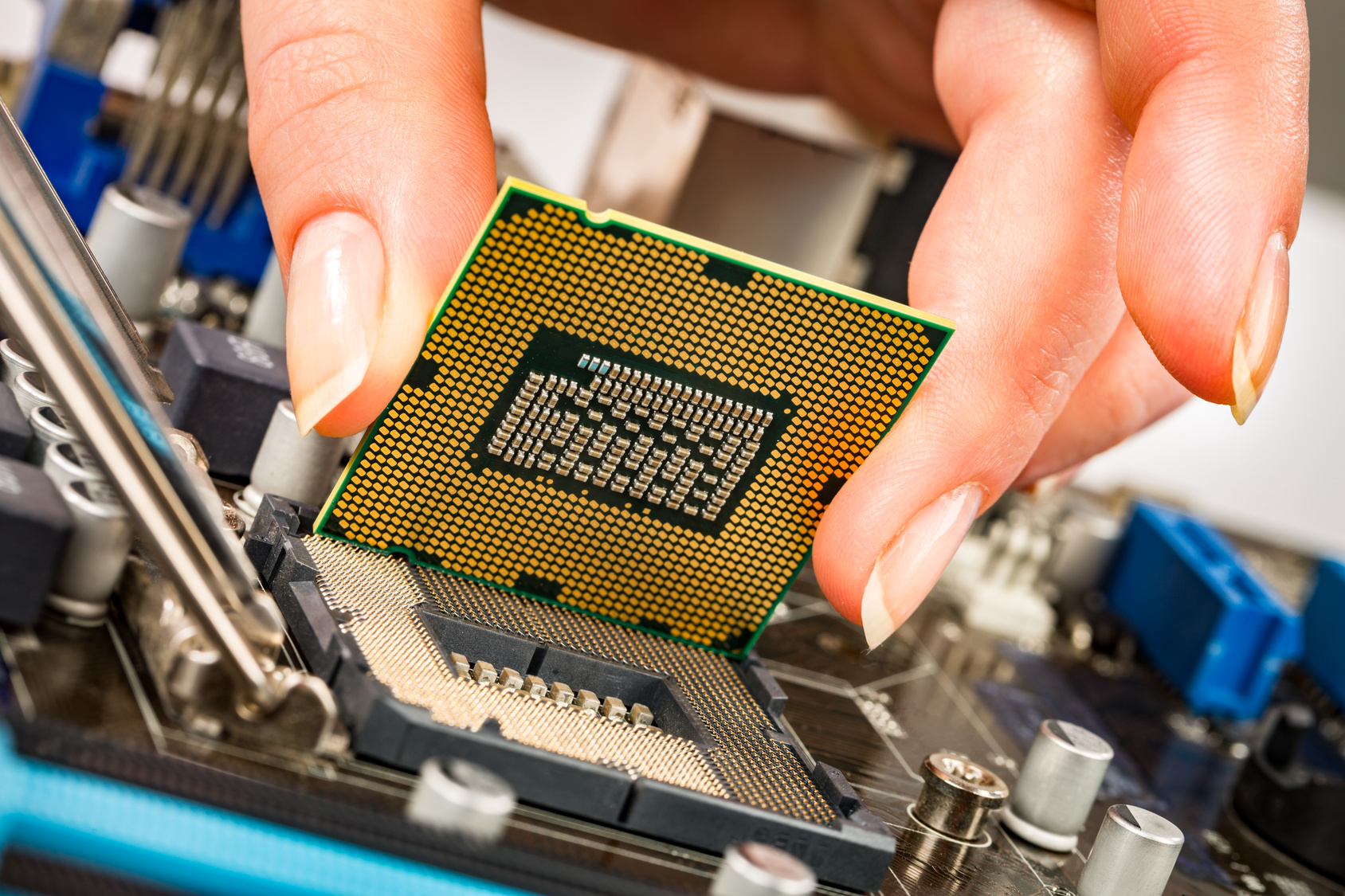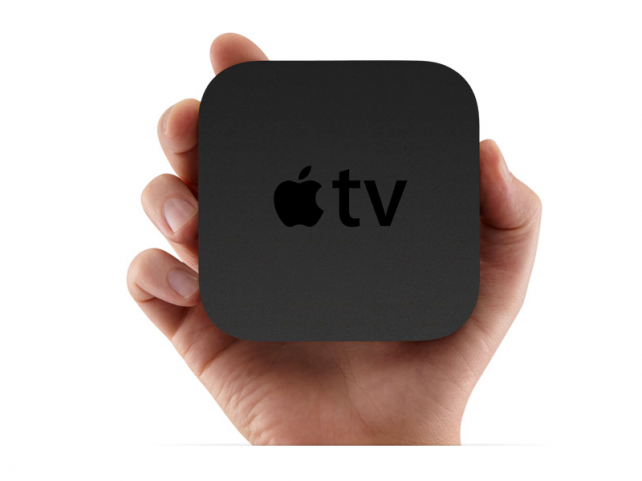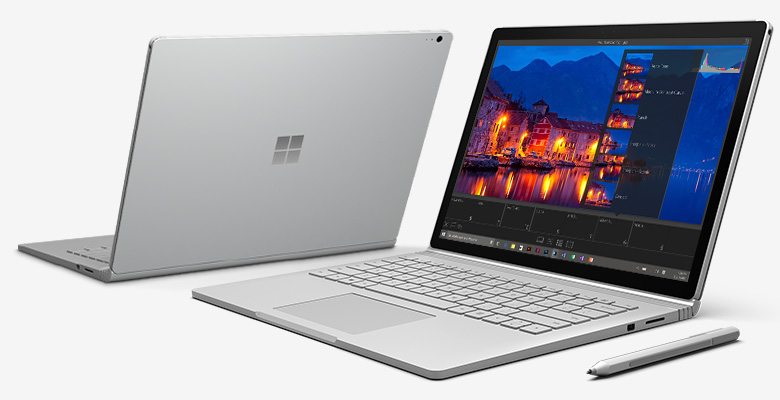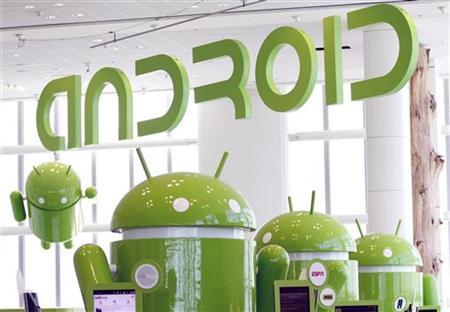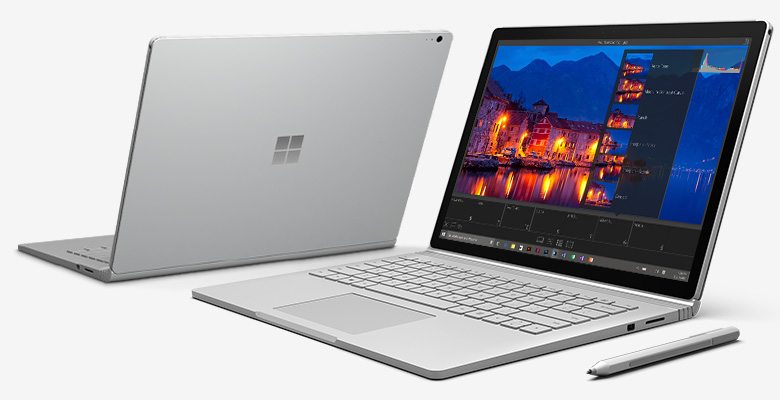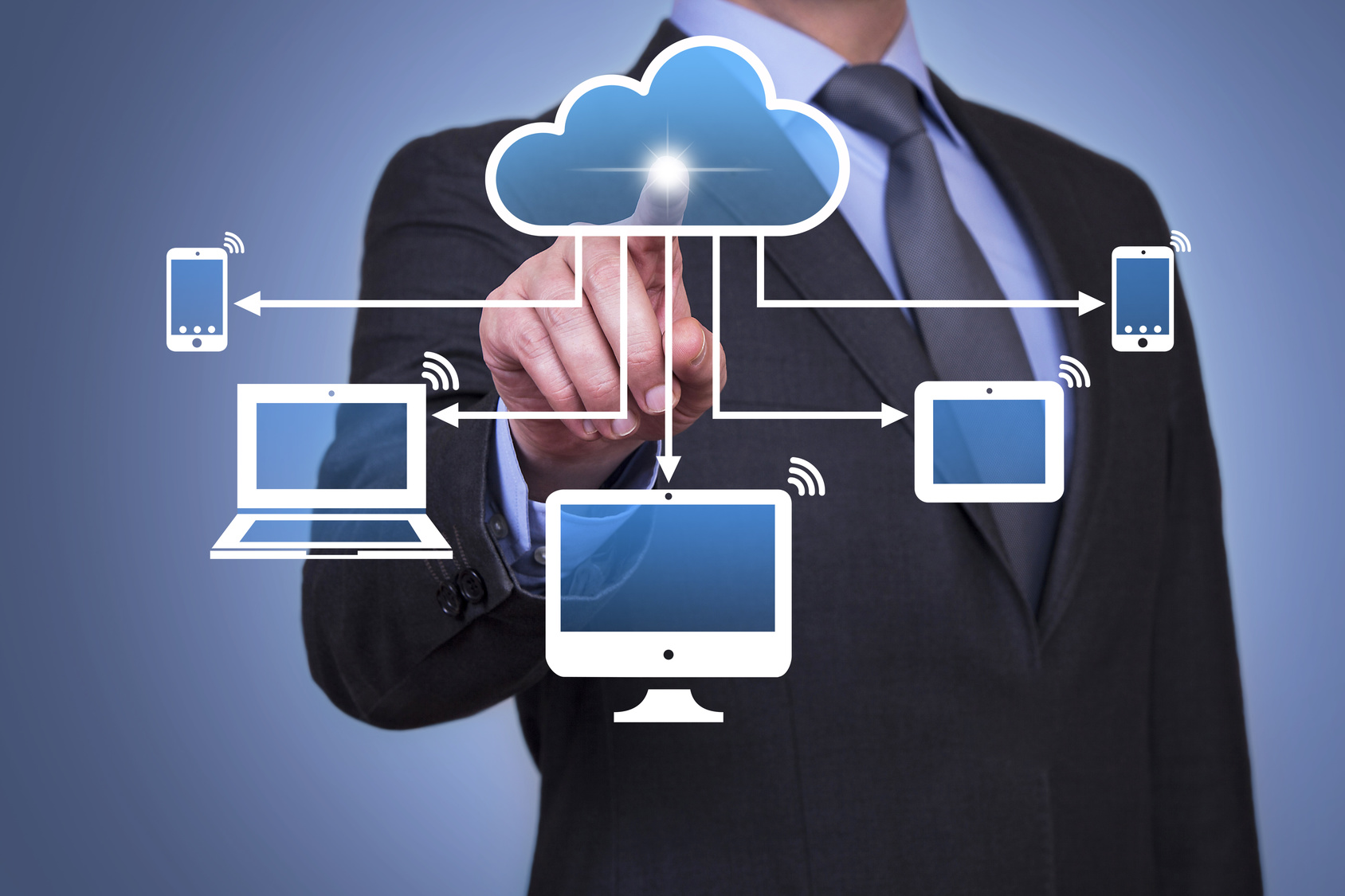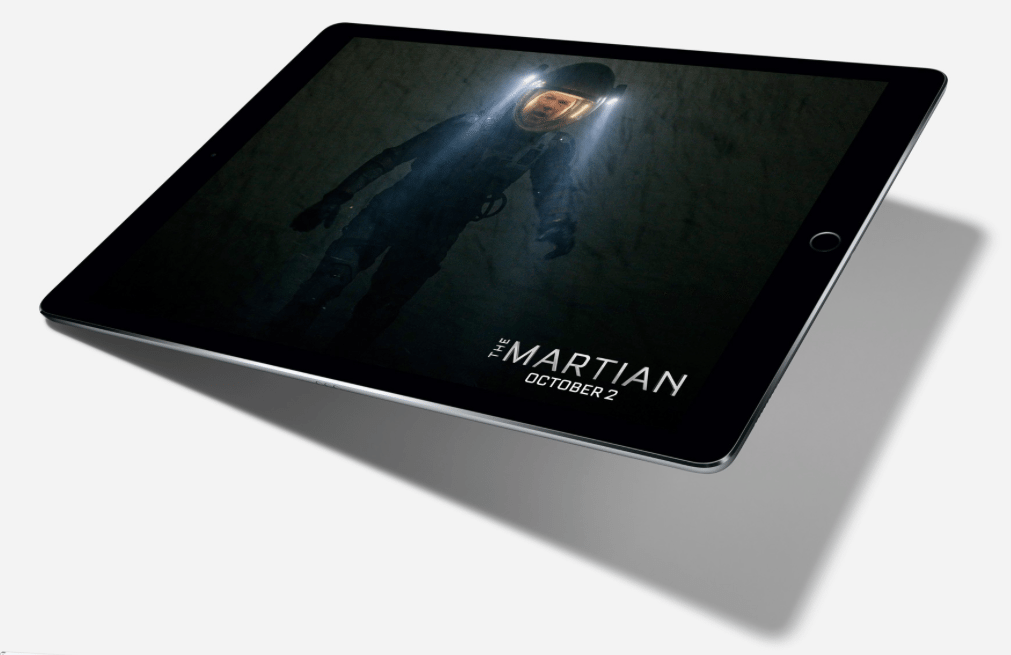From the beginning of my career in tech, I came to understand how important the various materials are when it comes to creating products. My journey in semiconductors started by understanding the raw materials needed to create silicon-based wafers and then the processor itself. I continue to study the various materials needed to create all types of tech products that dominate our market today. It turns out, the material sciences are the lifeblood of all of tech creations and as such, science has advanced these materials, our tech products have become faster, smaller and more durable. It has made it possible for us to carry a PC in our pockets as we do now with our smartphones.
Up until about 2000, most of my work covering the PC industry was focused on components like PC displays, sound cards, semiconductors and similar items that made the PC a powerful tool for business, education and entertainment. But, with the introduction of the first flip phones and then eventually the smartphone, there is one material that has emerged that is probably only second to the processor when it comes to the importance of delivering a great user experience in all types of devices, especially mobile ones. That material is the glass screens on billions of feature and smartphones in the market today.
While I have known for some time the screens on our smartphones and tablets are a critical part of their design, I have to admit it was not until I saw the movie “Minority Report” did I realize the glass screen could be a key component of our digital future. Then in 2011, I discovered a fascinating video Corning put out entitled “A day made of Glass” and the important role glass will play in our digital world became clearer. In the video, glass mirrors become touch screens, glass table tops become computer screens, glass wall screens turn into touch-based portals to interact with content, etc. And in 2013, Corning updated the video to include even more fascinating ways glass will be integrated into our digital lifestyles.
Not long after Apple’s failed sapphire adventure, the role of glass, more specifically, Corning’s Gorilla Glass, became even more of a focus for me. It became clear Corning was advancing the properties of their glass screens and Gorilla Glass 4 is the most durable and scratch-free version they have ever brought to market. A new version in the works, code name Phire, is said to have properties close to if not equal to sapphire when it comes to delivering the scratchproof finish in a glass screen. Their R&D and advances in glass materials used in tech products seem unparalleled in our industry today.
There is a new entry in the market from Motorola that uses an OLED display and a plastic cover I also find interesting since Motorola claims their screen is unbreakable. Using a special five-layer process, which includes a plastic top cover for the OLED screen and the way they integrate it into the physical design of the Turbo Droid itself, it is purported to be an unbreakable smartphone. I hope to test one soon and, while I accept their premise, those who understand material sciences tell me a plastic screen could be dented or marred and over time could even yellow, which would impact its clarity. The folks from Motorola tell me they do not expect that due to some special coating they have on this plastic screen. But this is the first premium phone to use a plastic cover and it may be too early to tell if a plastic screen continues to hold up for the life of any smartphone.
That is why all other premium and mid-range smartphones use Gorilla Glass, as it has proven to be the best option for use on a pocket PC/smartphone and delivers the type of scratchproof durability needed, given the wear and tear smartphones take because of how they are used on a daily basis. While Glass screens are critical to the ultimate DNA of billions of smartphones in the market today, it is the future role glass will play in our digital lifestyles that should get most techies excited.
Corning’s futuristic videos give us a solid glimpse of our digital future. Putting glass screens on a table top and turning it into a huge interactive screen could change the way many people interact with their digital content. Making glass walls that can show off all types of video and content and applications that can be touched to activate them is exciting. Imagine a glass screen on your refrigerator or a glass mirror in the bathroom that delivers a touch-based gateway to all of your digital “stuff” and you begin to see the role glass will play in a much broader way in the near future.
The futuristic view Corning showed in 2011 and 2013 is closer to reality these days. If you happen to be at CES 2016, I understand Corning will be bringing this vision to life, featuring glass surfaces with extraordinary capabilities. If you are there, it would be worth seeing how much progress they have made in delivering their vision for glass and its potential impact on our tech future.
